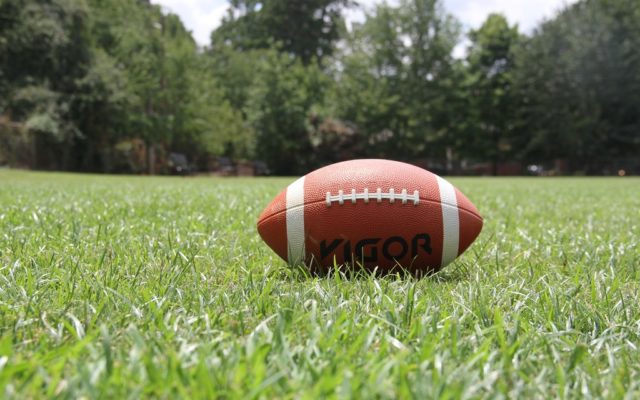
Format changes improve Maine high school football, but more work is needed
The 2019 high school football season ended with teams from southern Maine dominating postseason play.
While the South swept this year’s state finals, it was a better year statewide than others of recent vintage thanks to tiered scheduling and the implementation of an eight-player division.
Tiered scheduling, which matches teams of similar caliber from one class or division against comparable squads from another class or division in crossover games, provided more competitive balance and fewer lopsided games.
Early stages of postseason play did produce blowouts, and that remains a tough riddle to solve.
But the quest for regional playoff qualification, a primary goal for virtually every team in all sports, remains a driving force to keep players focused late in the season even after a slow start.
Take NCAA Division I basketball, where teams from the lowest-level leagues compete for their respective conference tournament titles and the bottom seeds for “March Madness” that come with them.
The likelihood follows that the NCAA Tournament appearance for those league champions will be brief and one-sided — a lopsided opening round loss to the likes of Duke or Kentucky, perhaps — but generally it’s the journey that’s remembered long after graduation, not a single game.
Still, this year’s state championship football games produced largely competitive battles that earned gold balls for Bonny Eagle of Standish (Class A), Marshwood of South Berwick (Class B), Leavitt of Turner Center (Class C) and Lisbon (Class D).
Fans were inclined to stick around until the end of those title games, which has not always been the case recently.
Fans also turned out in strong numbers for the inaugural eight-player football state final at Fitzpatrick Stadium in Portland between Mt. Ararat of Topsham and Old Orchard Beach.
Mt. Ararat, the winner of the eight-player large-school division, topped small-school champion Old Orchard Beach 58-25. But the addition of an eight-player option proved an overwhelming success in its first year.
Not only did it save several football programs in a state with declining enrollments, but it also gave those teams hope of competitive success against like-minded opponents that attracted enough players to provide sufficient depth at the eight-player level but not enough to support a traditional 11-player roster.
“It was a life-saver for us,” Ellsworth coach Duane Crawford said of the eight-player option. “I think we had the smallest squad out there with around 15 guys dressing for most games, but just about all of the games were close, and the kids had a good time with it, and I think it’s just going to continue to evolve.”
Already there is talk that the field of eight-player teams may grow significantly by next fall as schools study the classification’s first year in Maine. Nine of the 10 participating schools won at least three regular-season games, and all five small-school programs finished between 5-3 and 3-5.
Dirigo of Dixfield is one school expected to pursue the eight-player option after dropping its 11-player program after one game this fall due to a lack of participants. Several other schools statewide also are considering going to eight-player football as soon as next year.
That could lead to the awarding of two gold balls in the eight-player ranks, one for large schools and one for smaller schools.
How the expected growth of eight-player football will affect the organization of the remaining 11-player classes will be one of the major issues facing the Maine Principals’ Association football and classification committees this offseason.
In 2019, 65 traditional 11-player teams completed the campaign in Classes A, B, C and D after Orono dropped to a subvarsity schedule before the season started and Dirigo left the varsity ranks.
Should eight to 10 more programs opt for the eight-player ranks in 2020, that would leave a group of 50-plus 11-player schools, which likely would prompt a debate of how many 11-player football classes would be needed.
When a 14- or 16-school Class A was suggested last offseason, many of the larger schools now in Class B insisted that they did not want to have to compete against the larger Class A programs that have several hundred to nearly double the enrollments.
That left only eight Class A football programs this fall. And while that may not be an ideal number for awarding a gold ball, the sport may be best served by continuing to consider the enrollment difference between the largest and smallest schools in any given class when dividing teams.
That will lead to a discussion of how many classes will be needed and whether Class D will survive those talks. Or Maine could return to three 11-player classes that were in place from 1987 to the re-institution of the fourth class in 2013.
Maine high school football remains a work in progress.